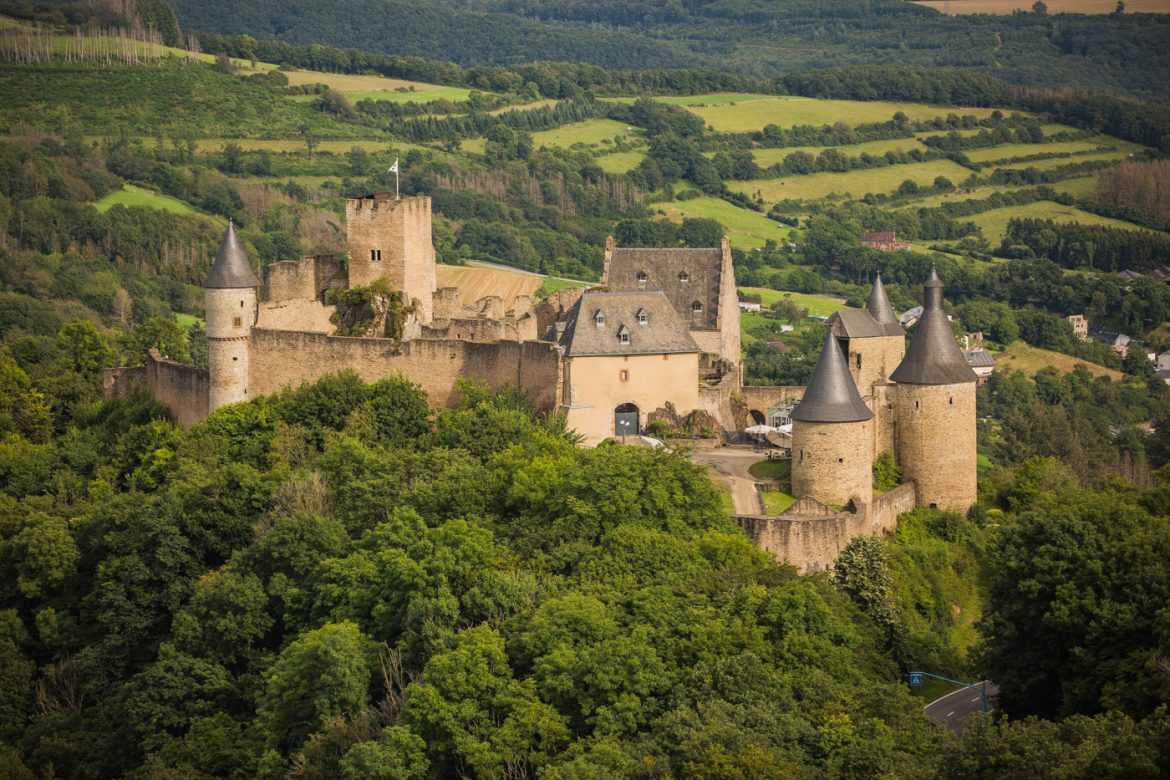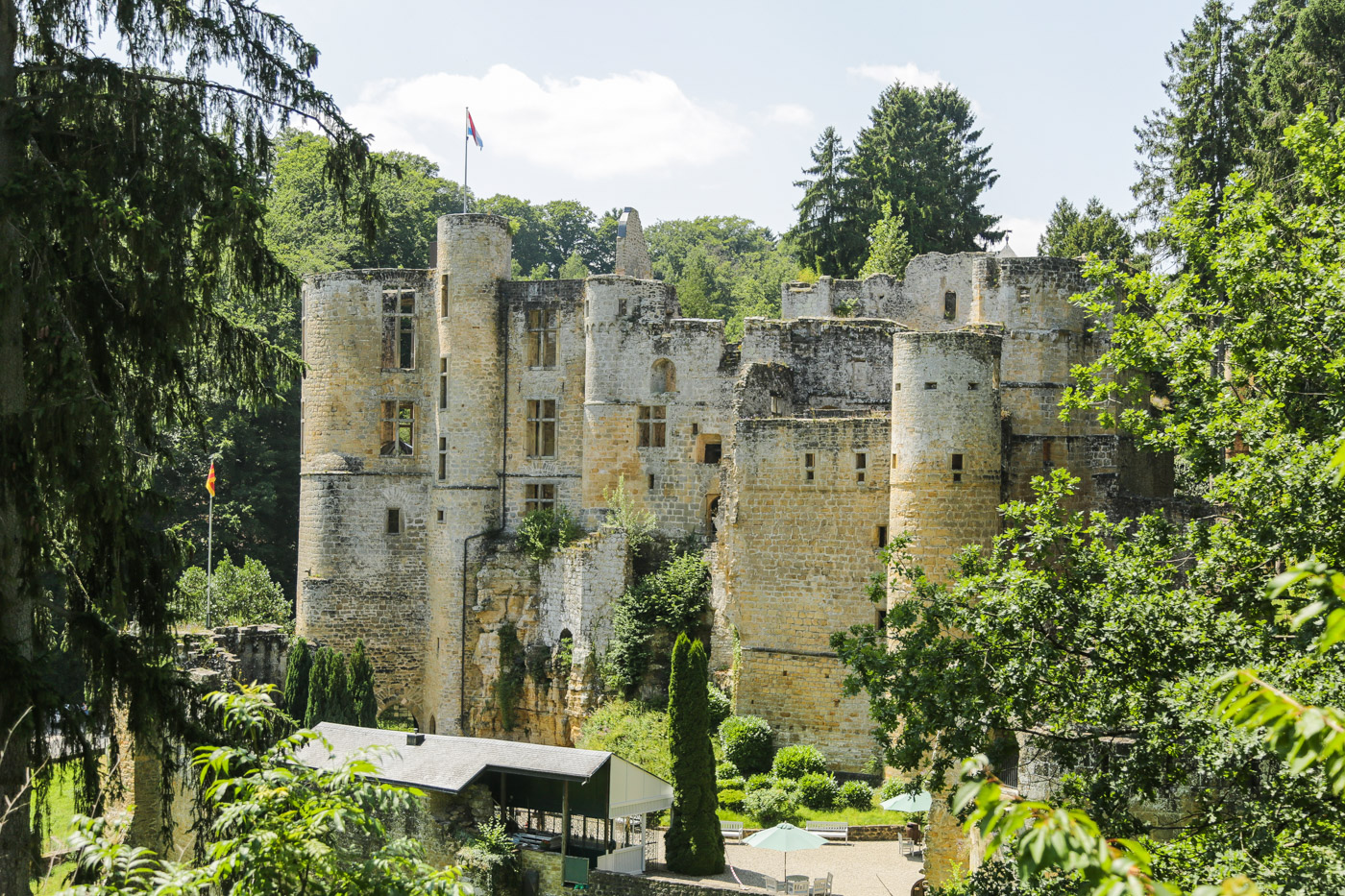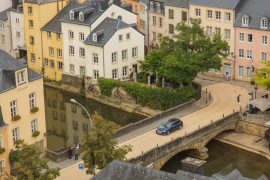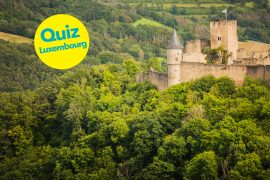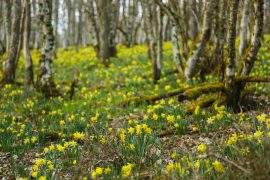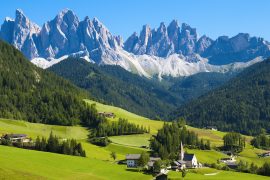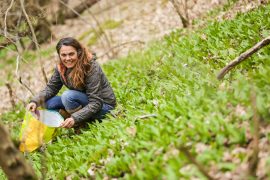The other day we learnt that there is such a thing as a ‘castle tourist’, i.e, someone whose main motivation while travelling is visiting castles. If there are any castle tourists out there, then we wanted to introduce you to some of the most beautiful castles of Luxembourg.
First some figures. You will want to know that there are well over 100 castles in the Grand Duchy! The country has a vast array of castles, fortifications, and châteaus in various states of repair: this means you will find numerous ruins, but plenty of castles are still in good shape. Whether they can be visited or not depends a lot on whether they are private residences or state owned.
The justification for having such a vast amount of castles in such a tiny land is found in history, back in the times when, due to its impregnable fortress, Luxembourg was considered the Gibraltar of the North. In a country of large strategic importance for the control of the Left Bank of the Rhine and the border area between France and Germany, Luxembourg had to have many fortresses and castles, and today they are part of the national heritage.
These are some of the most beautiful castles and palaces in Luxembourg.
Castle of Vianden
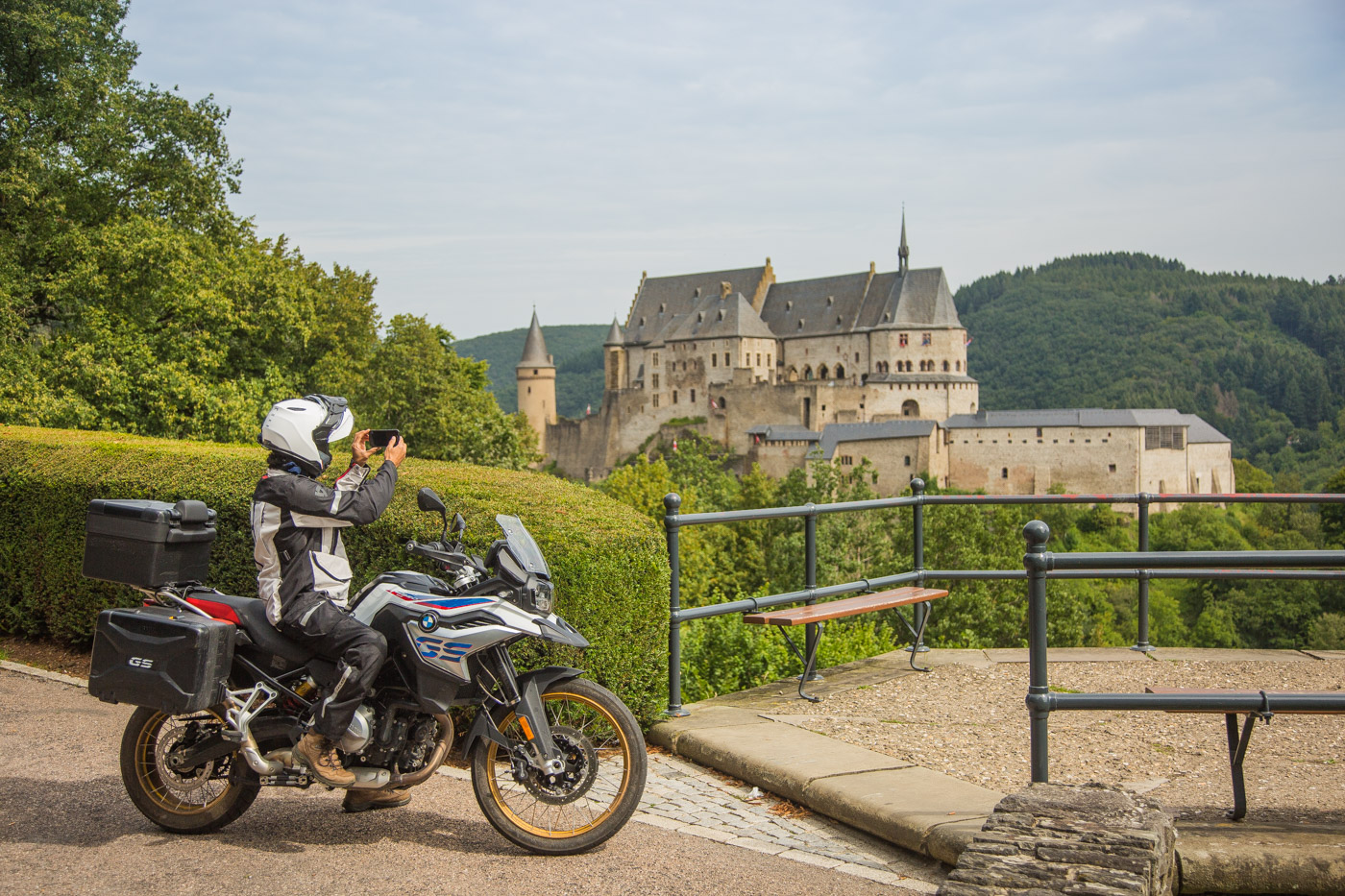
The Castle of Vianden has been listed by several sources as one of the most beautiful castles in the world. For a better feeling of what life in the castle must have been like in the chivalric times of the Middle Ages, try to visit the castle during the medieval festival in summer, and be amazed by tournaments, medieval fire shows and the much-loved medieval market and concerts. If you pass by later in the year, in mid-October, you can attend the walnut market, a traditional event that happens after the walnut harvest.
Useful info
– Entrance fee: 10 EUR
– Opening hours: Open from 10h00 to 16h00 (18h00 from April to September)
Castle of Bourscheid
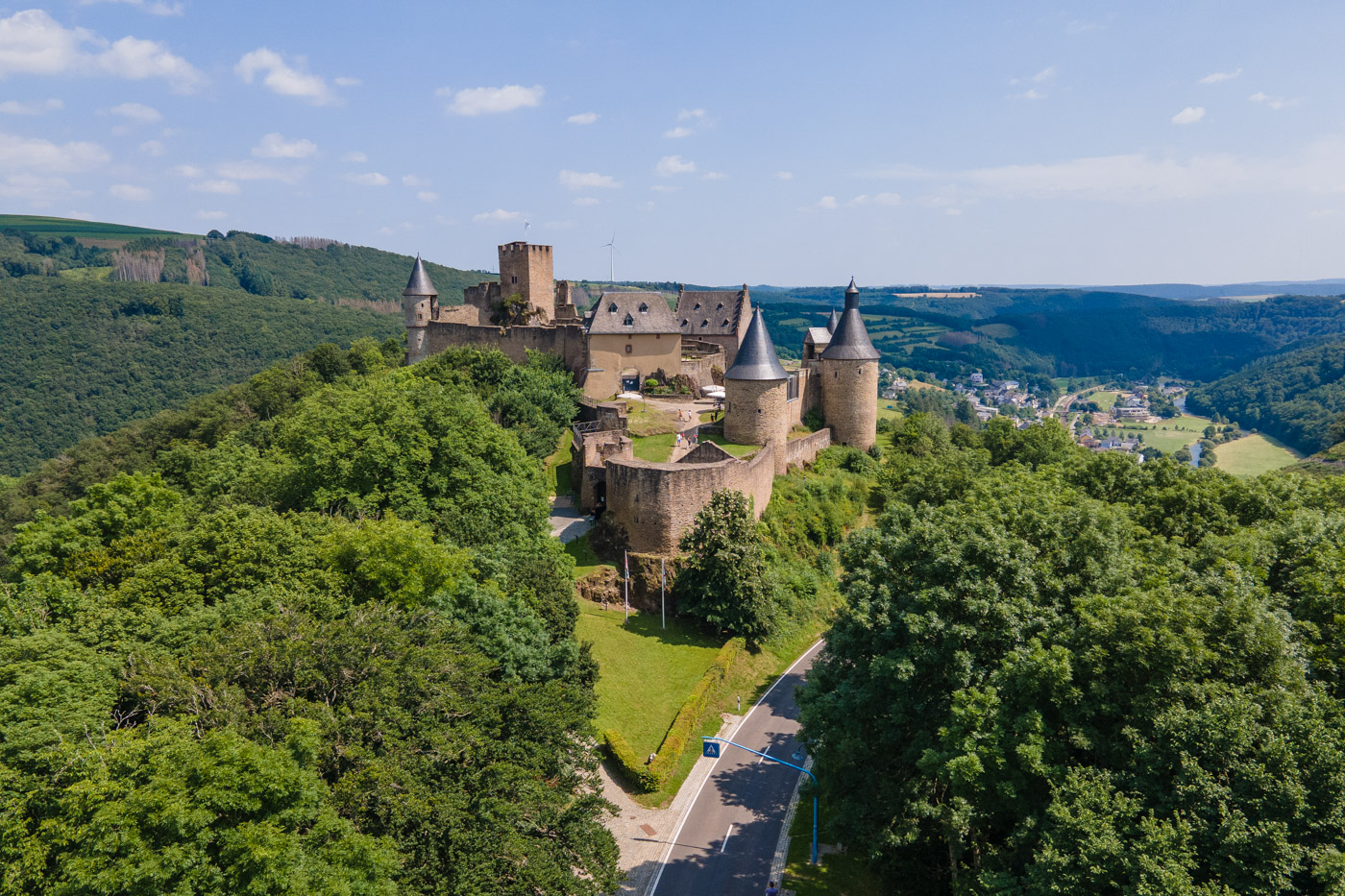
Resting 150 metres above the Sûre River, the medieval castle of Bourscheid is the largest in Luxembourg. But it is also the largest between the Rhine and the Meuse, which attests for its importance in the neighbourhood). Its construction dates back to the 10th century, although many extensions were made throughout the ages, until the 15th century, with the construction of its many towers.
Useful info
– Entrance fee: 7 EUR
– Opening hours: Open from 09h30 to 18h00 (April to 15th October)
from 11h00 to 16h00 (16th October to 31st March)
Castle of Beaufort
One surprise about the castle of Beaufort is that there are actually two castles. The oldest medieval castle is a ruin, although it still offers a good idea of what the castle once looked like. You can still see the moat, two towers standing upright, beautiful turreted stairwells and grand archways. A few rooms can be visited and, on the whole, we found the castle was in good shape considering its age.
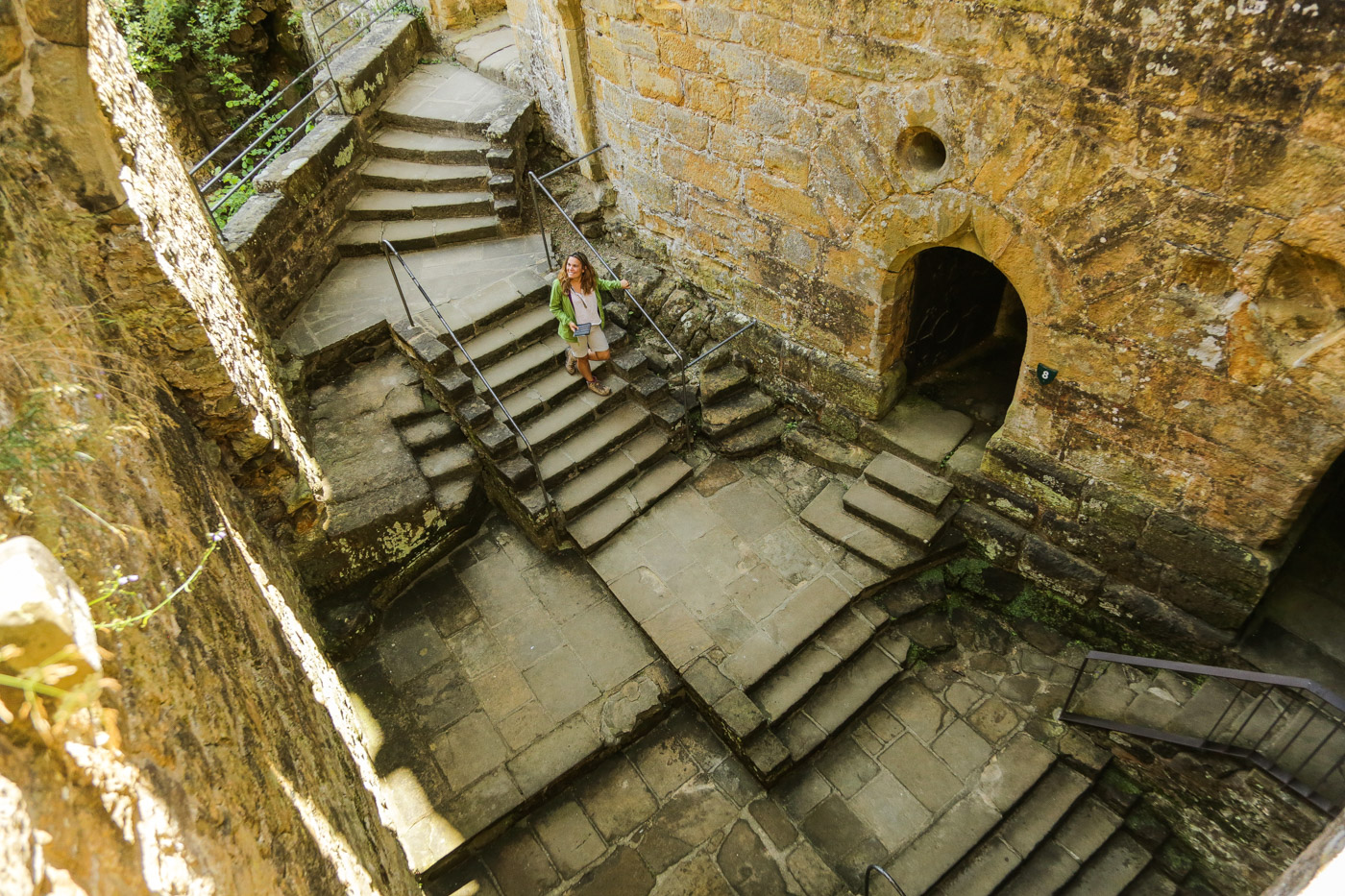
The second château is located just behind the medieval castle. Built much later, in the seventeenth century, it is a prestigious specimen of a renaissance building. Both the outside construction and its interior rooms have been impeccably maintained throughout the centuries, and visitors are rewarded with lavishly furnished rooms as left by the last owner, Lady Linckels-Volmer, who sold the castle to the Luxembourgish state, However, she kept her right of occupation of the Château until her death, in 2012.
Useful info
– Entrance fee for the Medieval Castle: 5 EUR
– Opening hours for the Medieval castle: Open from 09h00 to 18h00 (from April to 14th November)
– Entrance fee for the Renaissance Castle: 10 EUR (and includes visit of the Medieval castle)
– Opening hours for the Renaissance Castle: Guided tours every Thursday, Friday, Saturday and Sunday at 11h00 and 16h00
Castle of Larochette
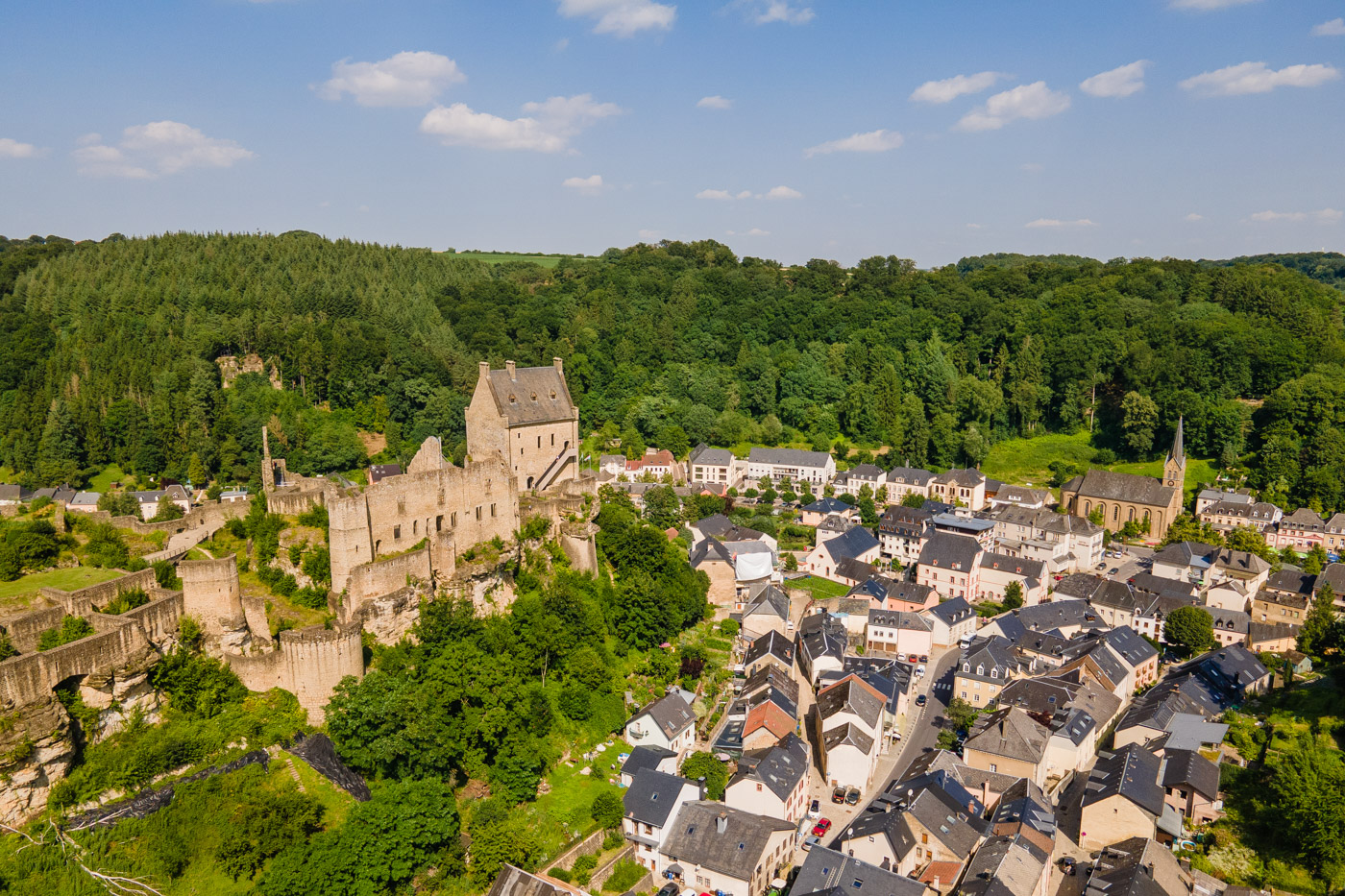
The ruins of the 11th century castle of Larochette are located on top of a sandstone promontory overlooking the entire village, which is itself surrounded by lush forests. It is possible to climb to the ruins of the castle for a visit and to enjoy the views over the village. Unfortunately, a huge fire destroyed much of the castle in the 16th century. It is good to see that some restoration work has brought two of the most important manors of the citadel (the Créhange and the Homburg) back to life.
Useful info
– Entrance fee: 5 EUR
– Opening hours: Open from 10h00 to 18h00 (from March to October)
Castle of Clervaux
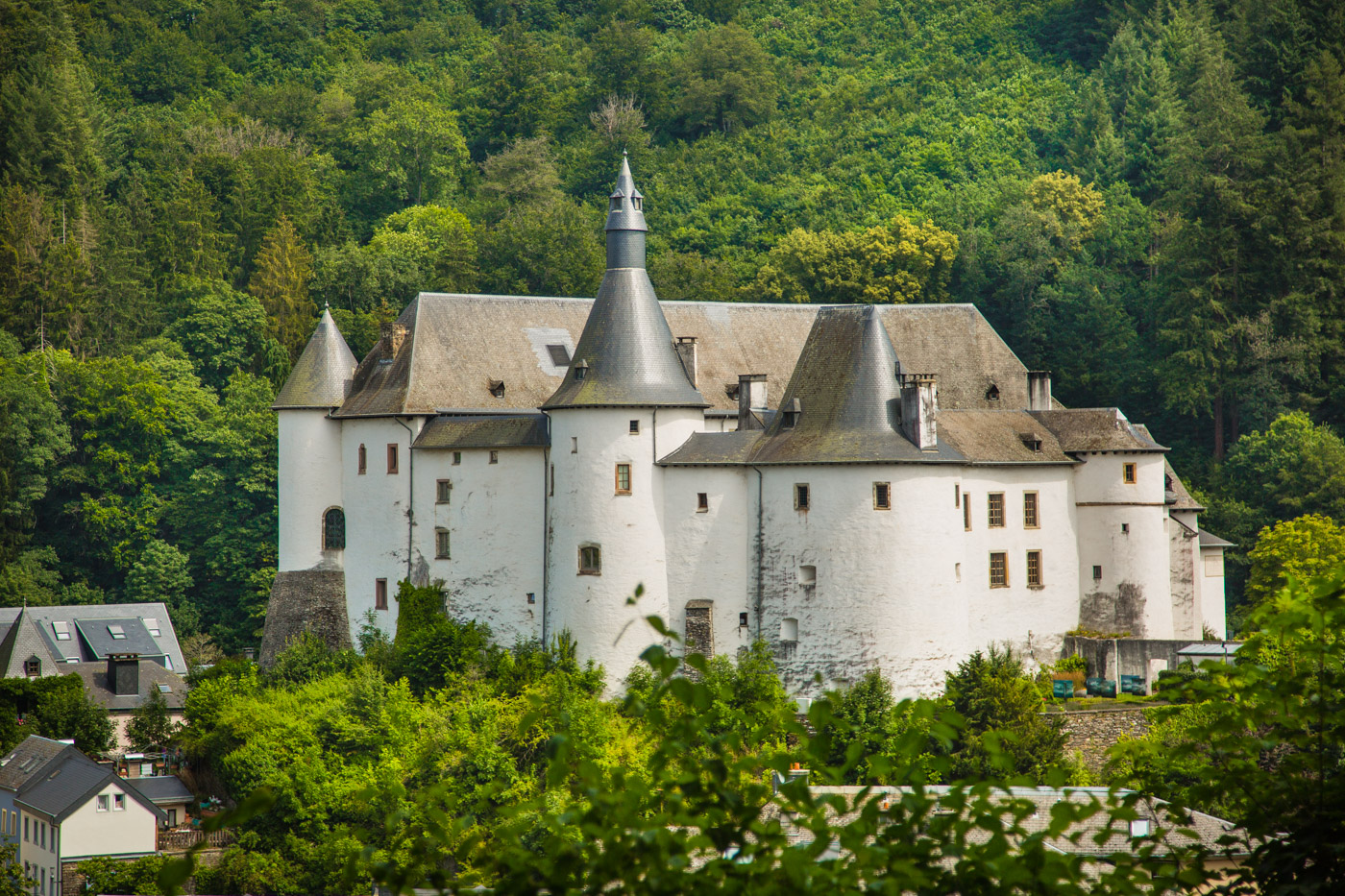
The Castle of Clervaux has the particularity of holding one of the Luxembourg’s UNESCO heritage collections; a photographic exhibition that was brilliantly put together by Edward Steichen, the world-renowned Luxembourgish-American photographer. This exhibition is worth the stop, as it is considered one of the best photographic exhibitions about humankind. The Family of Man comprises 503 photographs by 273 artists from 68 countries and was created by Edward Steichen for the New York Museum of Modern Art (MoMA).
Useful info
– Entrance fee: 3,5 EUR
– Opening hours: Open from 10h00 to 18h00 (in high season) and on weekends only in low season
– The Family of Man Exhibition: 6 EUR (Closed on Mondays and Tuesdays)
Castle of Esch-sur-Sûre
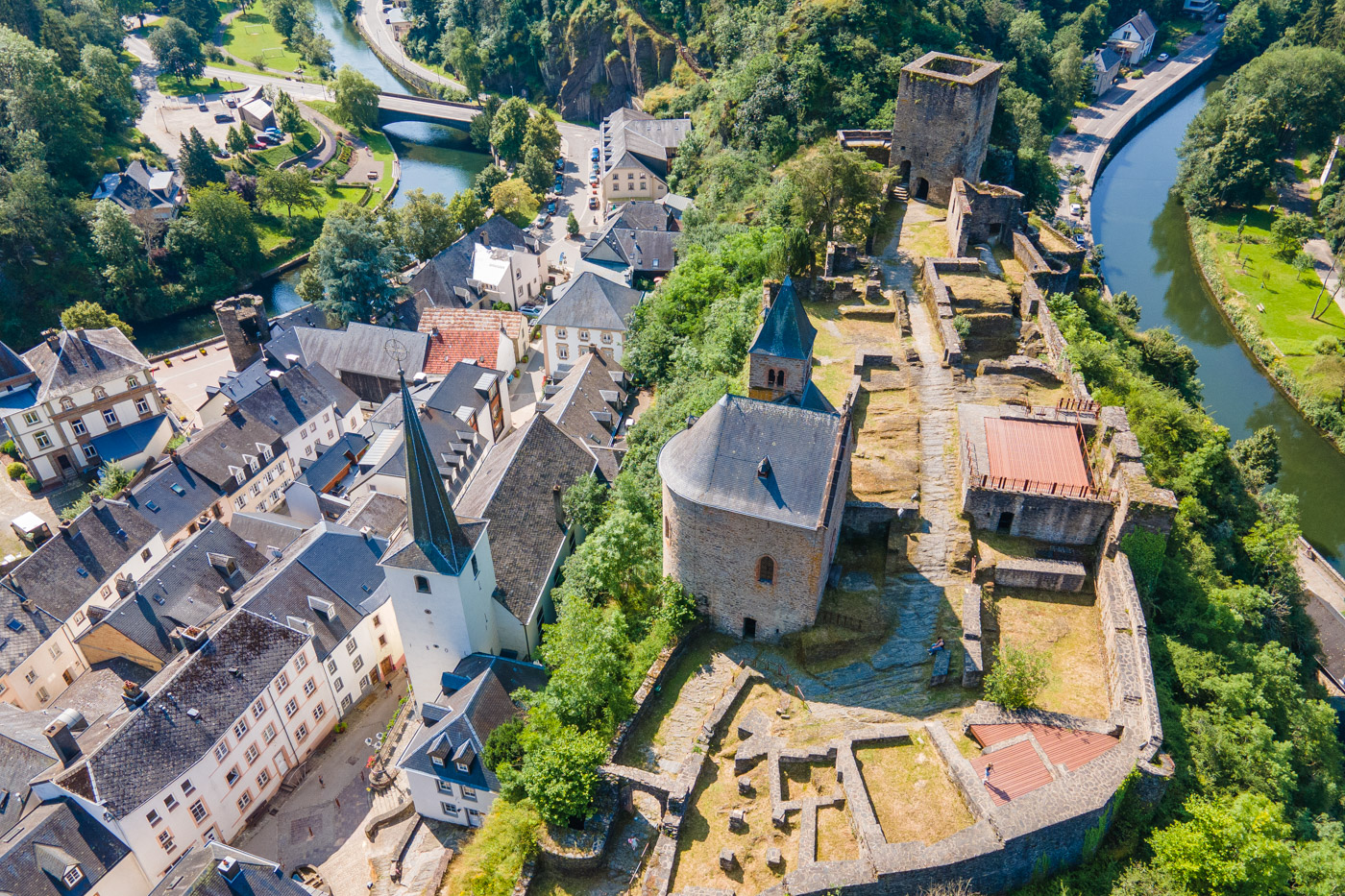
The narrow, cobbled alleyways in Esch-sur-Sûre, together with the ruins of the castle, grant the village its medieval feel. The castle dates back to the year 927, when it was acquired by a private family, who bought it from the Abbey in Stavelot with the intention to build a fortified castle there.
Useful info
– Entrance fee: free
– Opening hours: Open all year round
Castle of Useldange
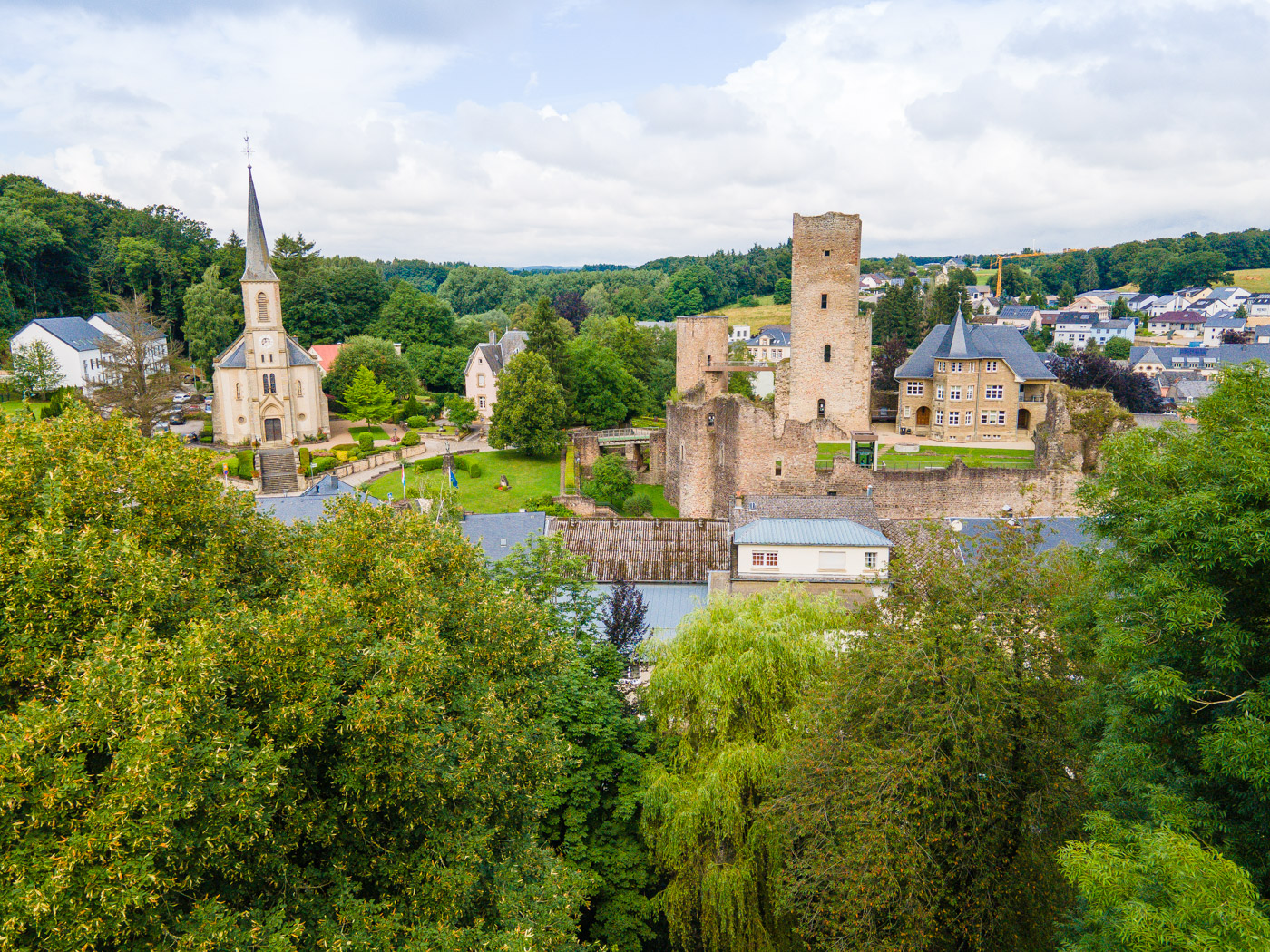
The Useldange Castle is another medieval castle, or better, it is the ruin of what was once a medieval castle. First built in the 12th century, it has been in several hands and survived several dynasties, but was severely destroyed during the war between France and Burgundy. Nowadays, the access to the castle is still through the bridge over what used to be a moat. In the early 20th century, Luxembourgish immigrants, returnees from the USA, bought the ruins and built a modern property inside the walls of the castle, which houses nowadays the city Hall of Useldange.
There’s a cultural trail inside and around the castle, which has been especially conceived for the visually impaired. This very well done and educational trail has been constructed under the patronage of UNESCO.
Useful info
– Entrance fee: Free
– Opening hours: Open everyday from 08h00 to 19h00
The Grand Ducal Palace
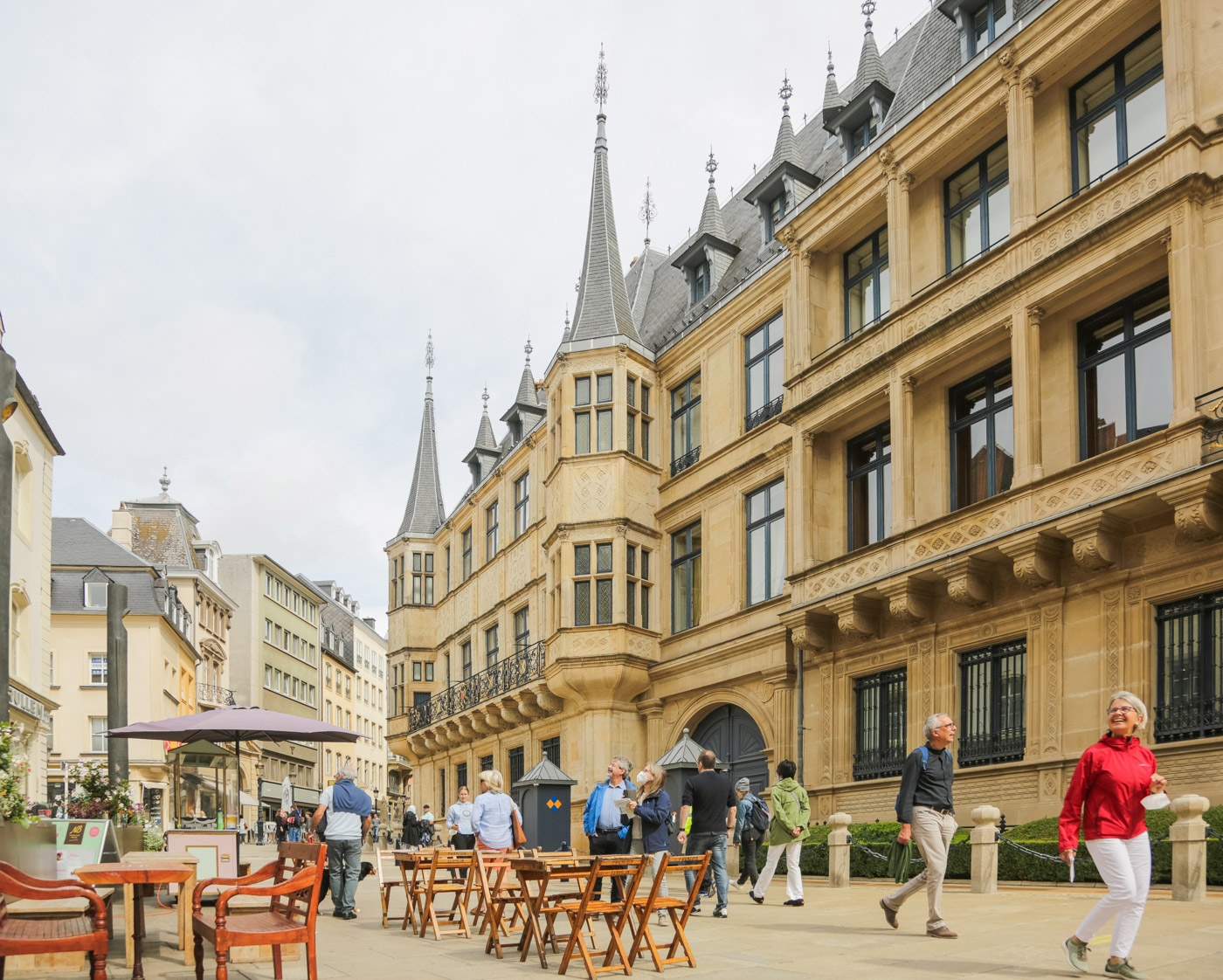
The Grand Ducal Palace is the city official residence of the Grand Ducal family. The family has a preference for their countryside palace, the Berg Castle, which is located in Colmar-Berg, 30 kilometres away from the city of Luxembourg. The palace is partially open for visits during the summer time.
Useful info
– Entrance fee: 15 EUR
– Opening hours: From 20 July to 31 August
Castle of Turelbaach
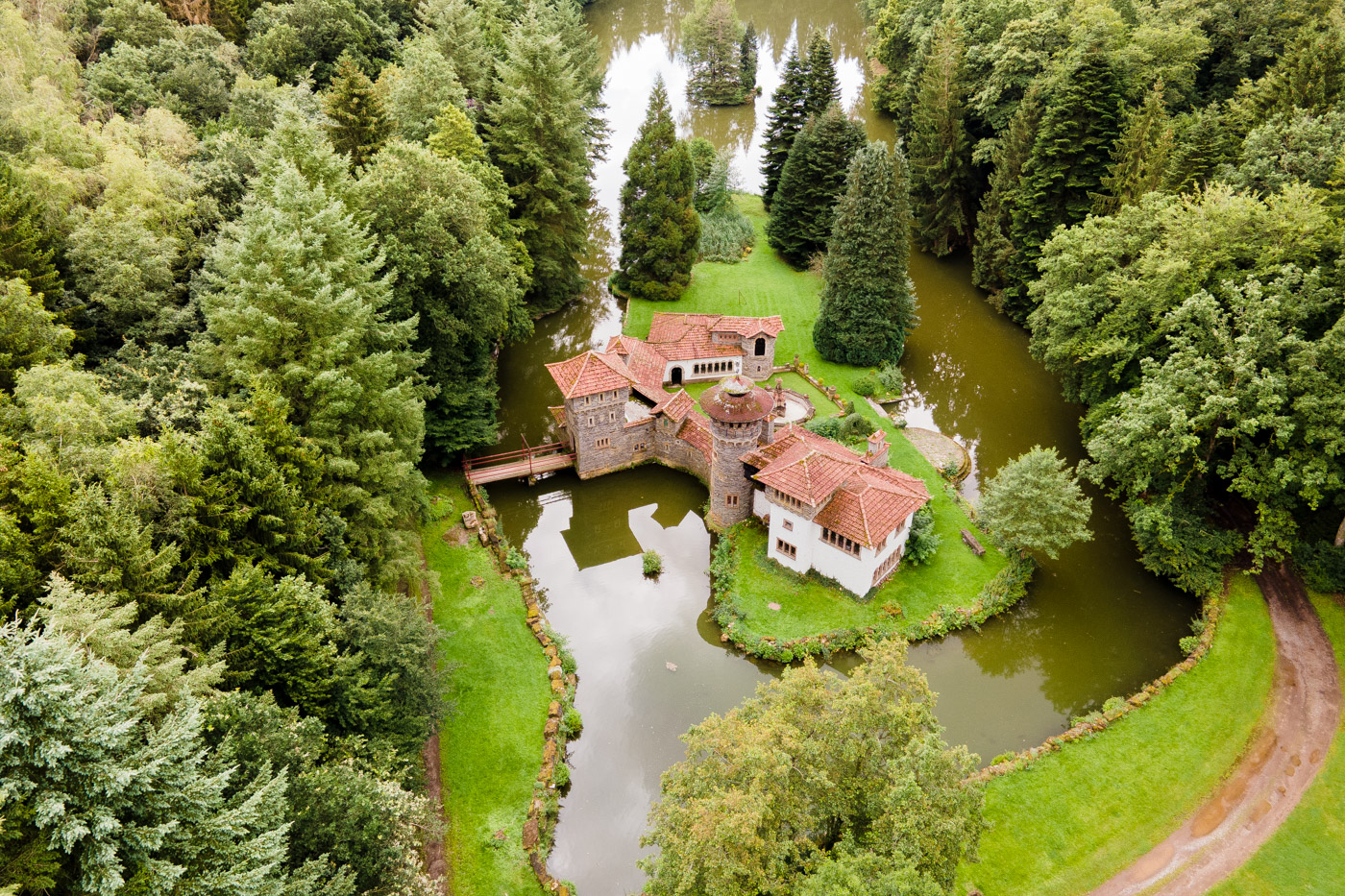
The Castle of Turelbaach, located in Mertzig, has an astonishing and fascinating history. This fairy-tale castle is one man’s life artwork. Pol Gilson started the construction of the Turelbaach by himself, in 1964, and continued working on it for over forty years, until his last days in 2007. After his death, the municipality of Mertzig acquired the castle and applied to grant it the title of National Monument. Hopefully, Turelbaach will soon be open to the public, for everyone to enjoy it.
Useful info
– Not open to the public yet
Vallée des Sept Chateaux (The Valley of the Seven Castles)
The Guttland region is most famous for the ‘Vallée des 7 chateaux’ (The Valley of the Seven Castles). It is a pleasure to meander along the valley, going from castle to castle. There’s a 27 km hiking trail which connects the seven castles (Mersch, Schoenfels, Hollenfels, Ansembourg, Septfontaines and Koerich). Some of the castles are privately owned and it is not really possible to visit them inside, but it is nice to have a glimpse of them from the outside or even to visit their gardens.
Castle of Schoenfels
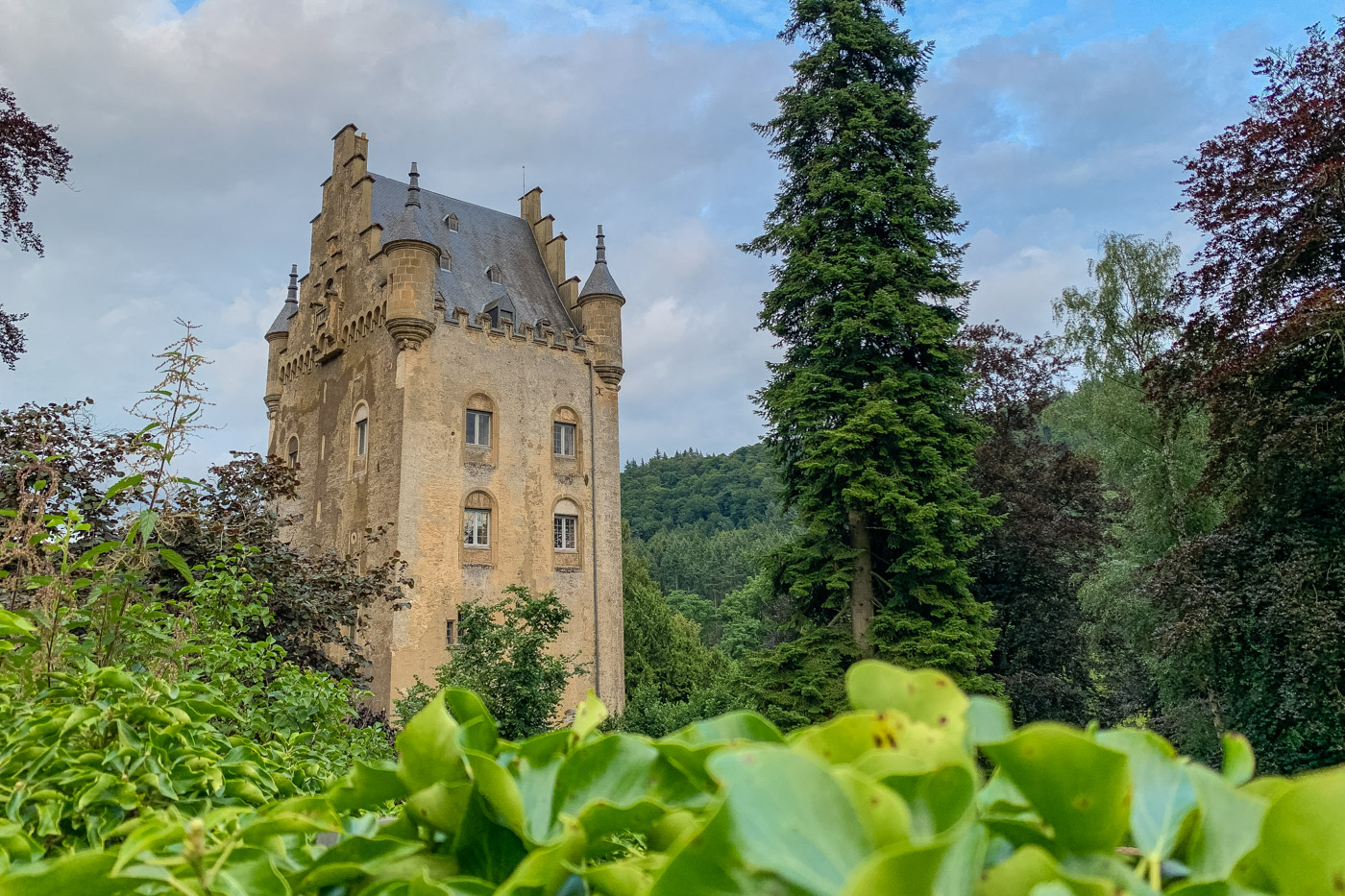
At present it is not possible to visit the castle because of renovation works which are underway. The plan is to install a visitor centre as well as a Water & Forestry Museum. In the meantime, it is possible to listen to an Audio tour online.
Castle of Hollenfels
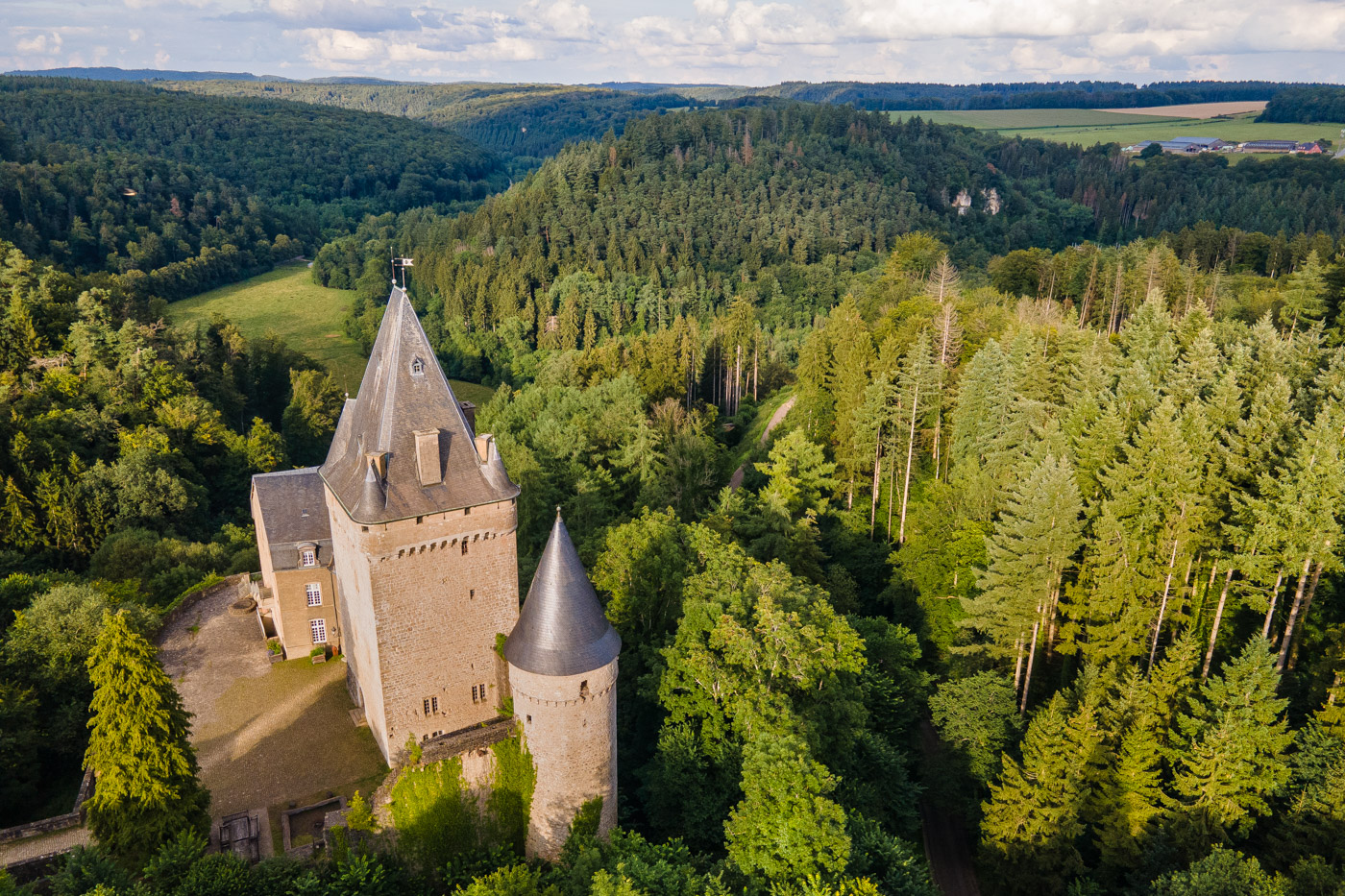
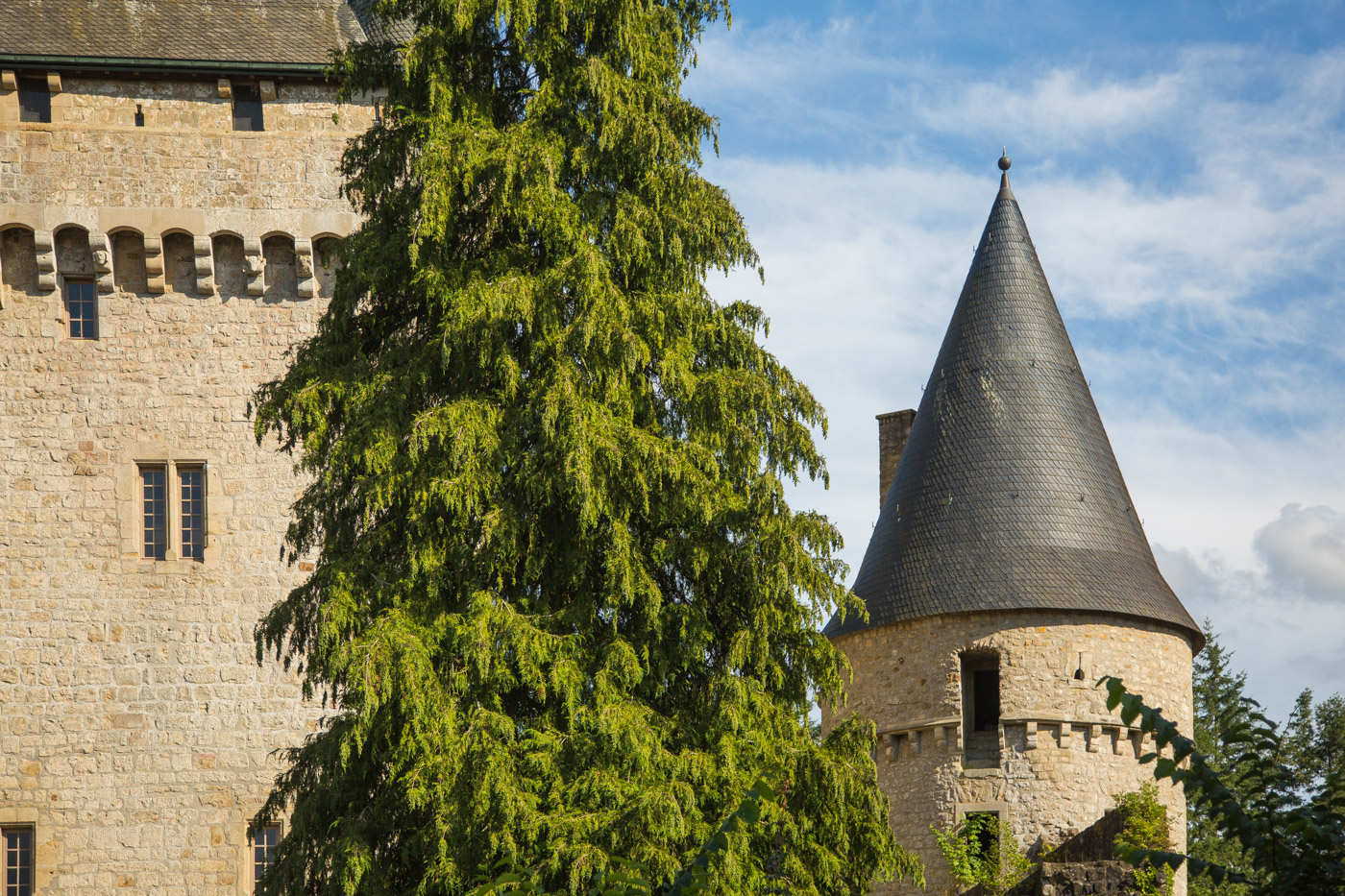
This castle has got the particularity of housing a youth hostel, so it is actually possible to sleep inside for a bargain. The location of the castle is also beautiful, amidst a dense forest.
Castle of Ansembourg
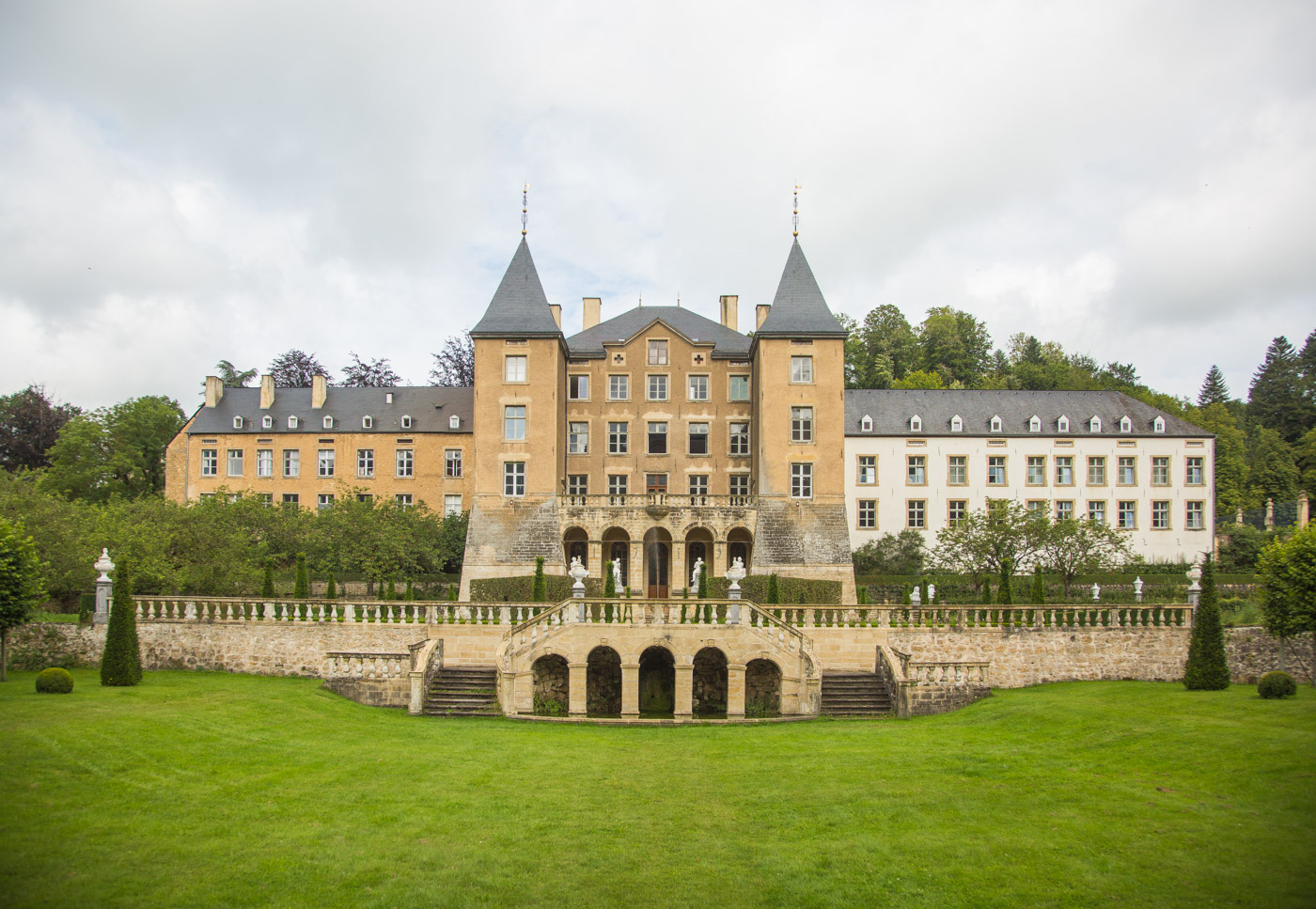
One of the best preserved of the seven castles, with blooming gardens, is the castle of Ansembourg. The castle is private, but its gardens with a beautiful collection of roses is open to the public. Here we learnt that, in the early twentieth century, Luxembourg used to be one of the main exporters of roses, having the world’s most prestigious clientele, such as the Tsar of Saint Petersburg! Get one of the volunteer gardeners to introduce you to the many rose varieties, bearing the names of the Grand-Ducal family and many other royals, state presidents and celebrities.
Useful info
– Private castle, which belongs to the Japanese religious community Sukyo Mahikari since 1987. Although the castle is not open to the public, its gardens can be visited.
Facts about Castles
- The country with more castles in the world is Germany, with 25,000 castles. Wales, with its 600 castles, features more castles per square mile than any other country in Europe. The oldest standing castle in the world used to be the castle of Aleppo, in Syria (destroyed during the Syrian War). The biggest castle in the world is the Malbork Castle, located in Poland


